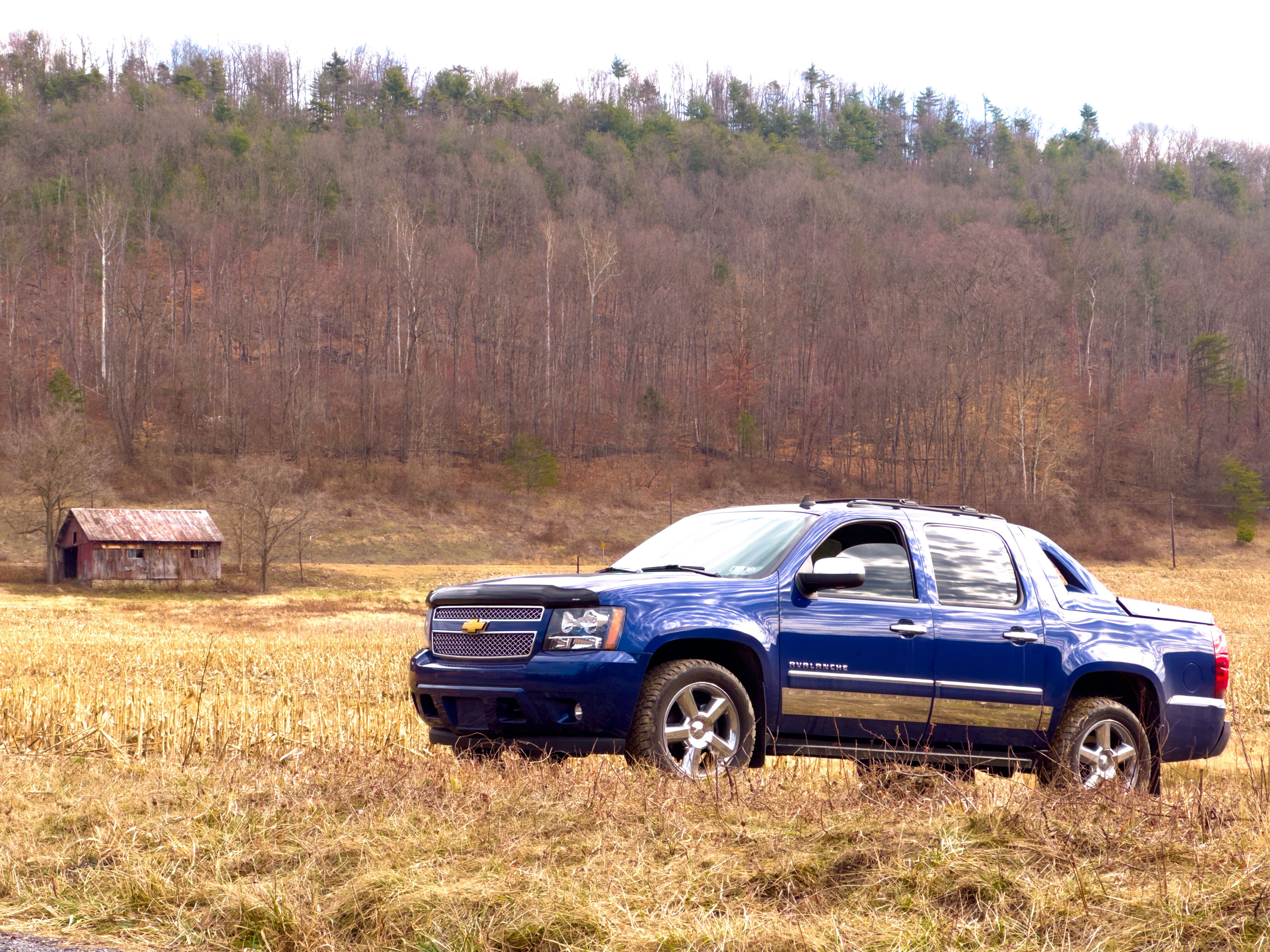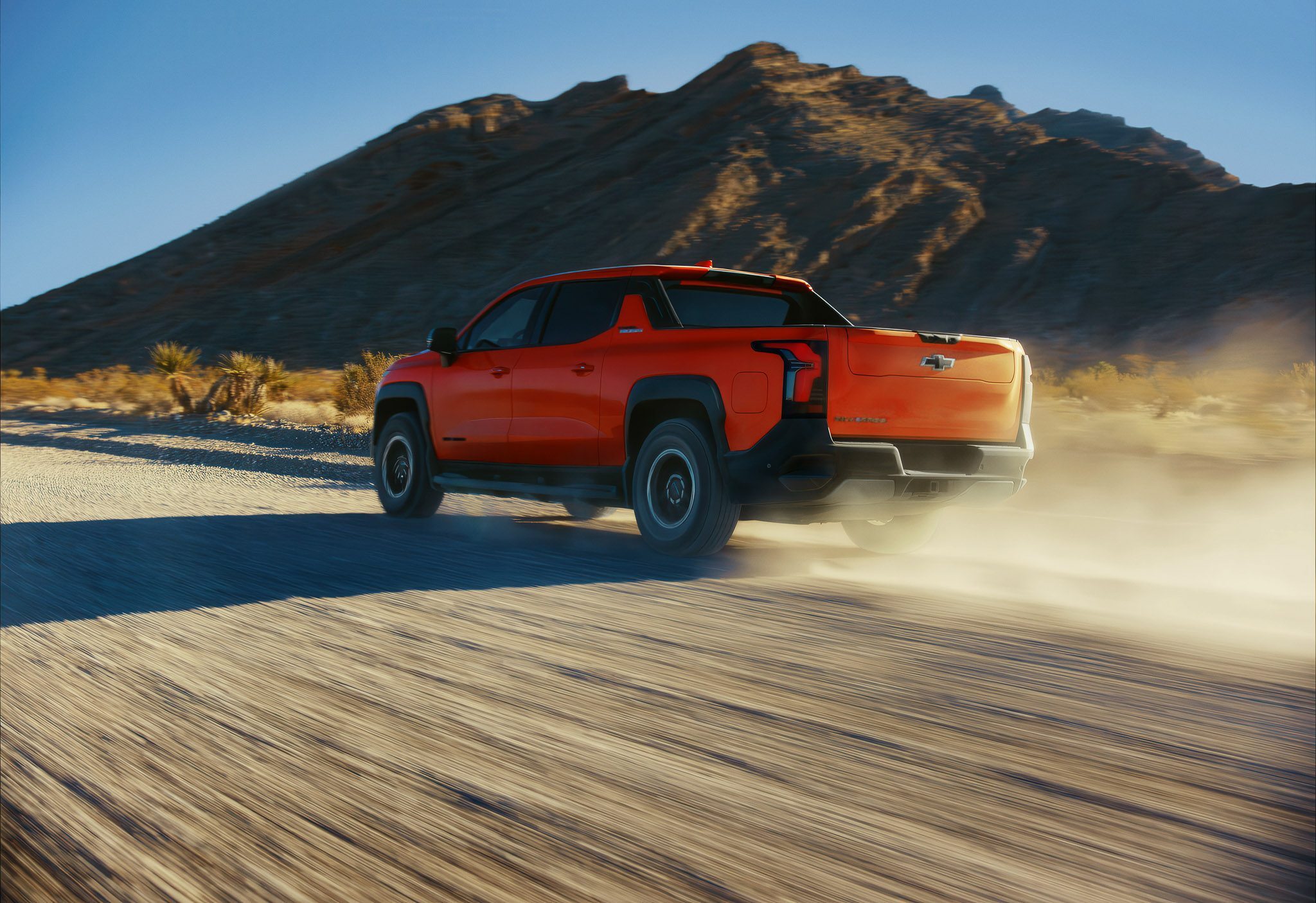-
Posts
56,009 -
Joined
-
Last visited
-
Days Won
550
Content Type
Forums
Articles
Garage
Gallery
Events
Store
Collections
Everything posted by Drew Dowdell
-
From the album: 2026 Infiniti QX60
-
From the album: 2026 Infiniti QX60
-
From the album: 2026 Infiniti QX60
-
From the album: 2026 Infiniti QX60
-
From the album: 2026 Infiniti QX60
-
From the album: 2026 Infiniti QX60
-
From the album: 2026 Infiniti QX60
-
From the album: 2026 Infiniti QX60
-
From the album: 2026 Infiniti QX60
-
From the album: 2026 Infiniti QX60
-
From the album: 2026 Infiniti QX60
-
From the album: 2026 Infiniti QX60
-
From the album: 2026 Infiniti QX60
-
From the album: 2026 Infiniti QX60
-
From the album: 2026 Infiniti QX60
-
From the album: 2026 Infiniti QX60
-

Rivian R1T Production Trucks Rolls Off Assembly Line
Drew Dowdell replied to G. David Felt's topic in Rivian
That's why we have crew cabs now. -
These have the most luxury comfort ride of all the minivans.
-

Toyota News: 2026 Toyota RAV-4 Released as Hybrid Only
Drew Dowdell replied to Drew Dowdell's topic in Toyota
I’m sure it’s down to $$$$ -

Toyota News: 2026 Toyota RAV-4 Released as Hybrid Only
Drew Dowdell replied to Drew Dowdell's topic in Toyota
In looking this up for you, I found out that many/most PHEVs seem to be at 3.2kw on Level 2. Some are 6kw. Not sure why that is and why they wouldn't be designed to take the 7.2 from most L2 chargers. The Volt was 7.2. -
Also, some people have genuine seafood allergies.
-

Toyota News: 2026 Toyota RAV-4 Released as Hybrid Only
Drew Dowdell replied to Drew Dowdell's topic in Toyota
Yeah, I wondered who was going to pick that up. It's faster than L2 charging, but that's probably a max of 50kw. That said, the RAV-4 isn't the first PHEV to get fast charging. The Outlander PHEV, the Volvo XC40 Recharge, and the Mini Cooper Countryman ALL4 can do it already. -
First added to the gas Silverado in 2019, the Trail Boss trim is one of Silverado's most popular trims. Adding Trail Boss to the Silverado EV is just a natural evolution for the model. Silverado EV Trail Boss comes with a factory 2-inch lift with coil spring and hydraulic shocks giving the truck a 24% higher ground clearance than the standard EV. Exclusive to the Trail Boss is a new Terrain mode that unlocks sharper 4-wheel steering allowing for extra maneuverability at low speeds. Sidewinder mode from the RST model allows all four wheels to turn the same direction to move the truck diagonally at low speeds. Special looks includ a high-angle approach front fascia, standard 35-inch all-terrain tires with unique 18-inch wheels, a unique interior, and red front tow hooks. In Trail Boss form, the truck is only offered in extended and max range battery sizes. Interestingly, even with the 2-inch lift, Chevy is claiming the same 410 mile range for the Extended and 478 mile range for the Max. Max towing tops out at 12,500 lb. with a 2,100 lb. max payload. The Max Range battery pack also offers up to 725 horsepower and 775 lb-ft of torque when Wide Open Watts mode is selected. Refreshing for the Rest All Silverado EVs also get some driver assist updated when equipped with Super Cruise. Super Cruise can now navigate the truck to the correct lane for your route when using the integrated Google Maps app on Super Cruise-capable roads. When not on a Super Cruise enabled road, the system will work in hands-on mode, centering you in your lane and adapting to the speed of the vehicle ahead of you. Super Cruise will automatically take over once you reach an enabled road. For trucks equipped with Adaptive Cruise, the system can now automatically adjust speed based on posted speed limits. Chevy is ending the RST trim starting with the 2026 model year with just WT, LT, and Trail Boss trims available going forward. The 2026 Chevrolet Silverado Trail Boss joins the lineup this summer with a price of $72,095 for the Extended and $88,695 for the Max Range. Prices include destination charge. View full article
-
- chevrolet
- electric vehicle
-
(and 4 more)
Tagged with:
-

Chevy Silverado EV Adds Off-Road Oriented Trail Boss trim; RST to End
Drew Dowdell posted an article in Chevrolet
First added to the gas Silverado in 2019, the Trail Boss trim is one of Silverado's most popular trims. Adding Trail Boss to the Silverado EV is just a natural evolution for the model. Silverado EV Trail Boss comes with a factory 2-inch lift with coil spring and hydraulic shocks giving the truck a 24% higher ground clearance than the standard EV. Exclusive to the Trail Boss is a new Terrain mode that unlocks sharper 4-wheel steering allowing for extra maneuverability at low speeds. Sidewinder mode from the RST model allows all four wheels to turn the same direction to move the truck diagonally at low speeds. Special looks includ a high-angle approach front fascia, standard 35-inch all-terrain tires with unique 18-inch wheels, a unique interior, and red front tow hooks. In Trail Boss form, the truck is only offered in extended and max range battery sizes. Interestingly, even with the 2-inch lift, Chevy is claiming the same 410 mile range for the Extended and 478 mile range for the Max. Max towing tops out at 12,500 lb. with a 2,100 lb. max payload. The Max Range battery pack also offers up to 725 horsepower and 775 lb-ft of torque when Wide Open Watts mode is selected. Refreshing for the Rest All Silverado EVs also get some driver assist updated when equipped with Super Cruise. Super Cruise can now navigate the truck to the correct lane for your route when using the integrated Google Maps app on Super Cruise-capable roads. When not on a Super Cruise enabled road, the system will work in hands-on mode, centering you in your lane and adapting to the speed of the vehicle ahead of you. Super Cruise will automatically take over once you reach an enabled road. For trucks equipped with Adaptive Cruise, the system can now automatically adjust speed based on posted speed limits. Chevy is ending the RST trim starting with the 2026 model year with just WT, LT, and Trail Boss trims available going forward. The 2026 Chevrolet Silverado Trail Boss joins the lineup this summer with a price of $72,095 for the Extended and $88,695 for the Max Range. Prices include destination charge.-
- 1
-

-
- chevrolet
- electric vehicle
-
(and 4 more)
Tagged with:






















